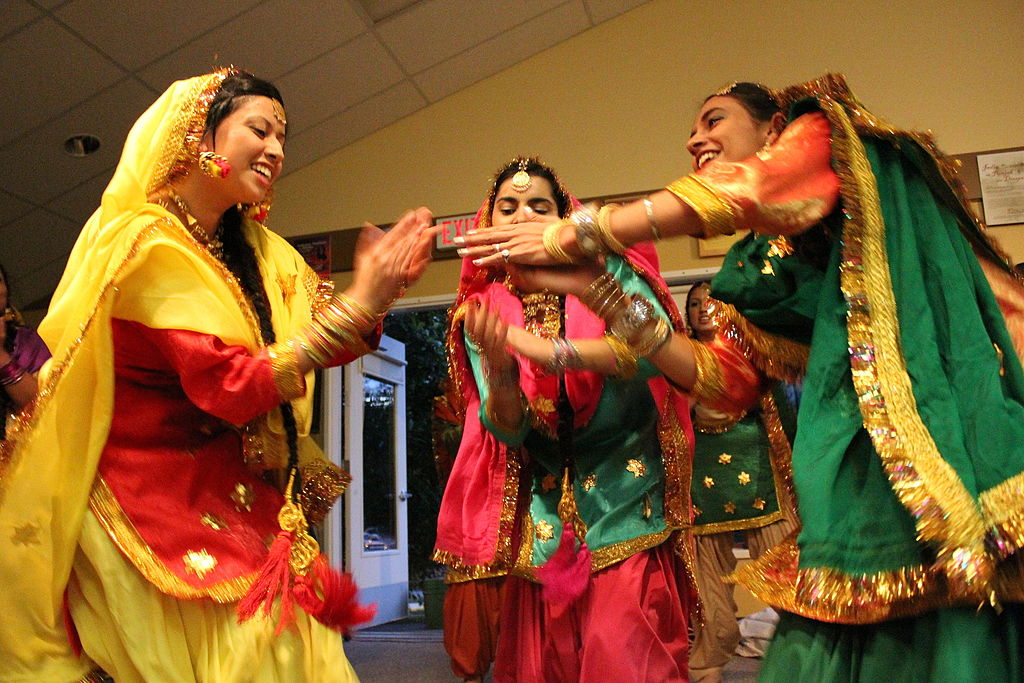The dances of Punjab are known for being high-spirited, just like the people there. One such dance is the Giddha. We all have heard of Bhangra as the most popular dance form in Punjab. It has many subforms, and Giddha is one such. Giddha is considered to be the female counterpart of Bhangra.

Purpose of the Dance
Just like Bhangra, the Giddha dance is a celebration of the harvest period in the spring season. It is part of all major festivals and social functions in Punjabi families. The colorful costumes, traditional folk songs, and rhythmic dance moves reflect the joy that these people experience during the celebrations. Giddha is a group dance that symbolizes unity and harmony among the people of Punjab.
Giddha Dance Performance
Giddha is performed only by women. The dance form is inspired by the ring dance of ancient times. The dance begins with the women moving their hips to the beats of traditional music. They place one hand on the hips as they gracefully pick up the pace. Soon, they start moving their hands and legs rhythmically and clapping their hands.
The clapping becomes vigorous as the beats get faster. Toward the end, the dancers make pairs and swirl holding hands. It is the most exciting part of the dance as the energy is at its peak level, and the music has become fast and powerful. By this time, the entire audience is also excited and completely mesmerized by the performance. Even with such energetic moves, the women manage to hold their elegance, and that’s what distinguishes Giddha from Bhangra.
Costume During Giddha
Wearing proper costumes and accessories is an essential element of performance. The women wear the Punjabi salwar suit or the lehenga choli. A salwar suit comprises baggy pants and a colorful kurta on the top. The Lehenga choli has a blouse and a flowy skirt on the bottom.
A dupatta is draped around the head or pinned to the top. Accessories include bright-colored bangles, sparkling jhumka, chunky necklaces, and anklets. The hair is braided and decorated with a paranda or braid tassel. The Paranda is crucial for a Giddha performance. The entire look is funky and attractive which enhances the dance steps.
Music And Instruments
Giddha is performed to Boliyans which are traditional songs. The rhythm is created by the clapping of hands along with the music of the dhol. No other instruments are used during Giddha. This brings out the uniqueness of the dance form.

Pingback: All Folk Dances of India - Auchitya
Pingback: All Folk Dances of India - Statewise Complete List - Auchitya